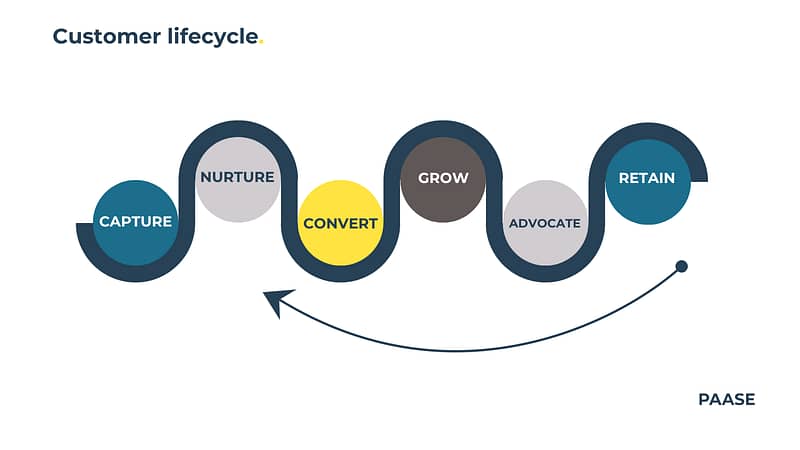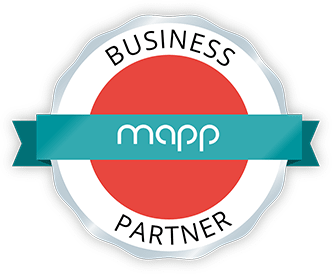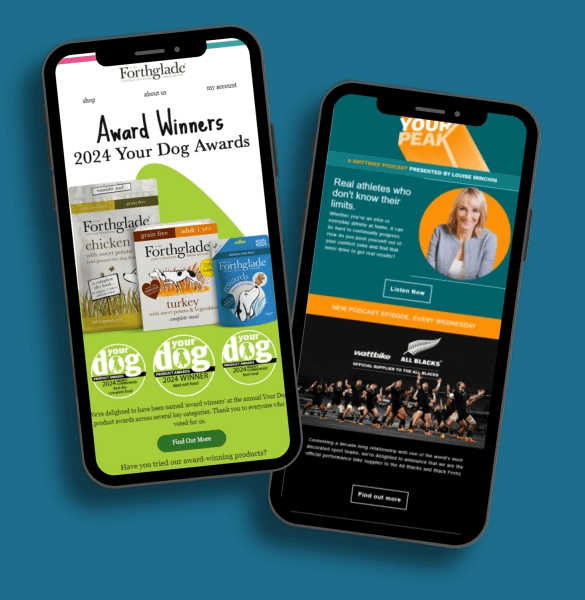Planning a customer journey effectively:
Tailoring the experience for each individual customer at each stage of their own specific customer journey, can be a time consuming process but it is an important one.
It involves creating a roadmap that outlines the various touchpoints and interactions a customer will have with your business, from the initial awareness stage to post-purchase support. Here are some steps to help you plan a customer journey effectively:
Identify your customer personas
Start by understanding your target audience and creating detailed customer personas. This involves researching and analysing their demographics, behaviours, preferences, and needs. Each persona may have a different customer journey, so it’s important to segment your audience accordingly.
Map the customer journey stages
Divide the customer journey into different stages, typically including awareness, consideration, purchase, and retention. However, the specific stages may vary depending on your business model. Consider the typical path customers take from initial awareness of your brand to becoming loyal advocates.
Define goals and metrics
Set clear objectives for each stage of the customer journey. For example, your goal during the awareness stage might be to increase brand awareness, while the consideration stage might focus on lead generation. Determine relevant metrics to measure the success of each stage, such as website traffic, conversion rates, or customer satisfaction scores.
Outline touchpoints and identify key channels
Identify the touchpoints where customers interact with your brand at each stage of the journey. These touchpoints can include your website, social media platforms, email campaigns, physical stores (if applicable), customer service interactions, and more. Consider which channels are most effective for reaching your target audience and align them with the corresponding stages.
Create content and messaging
Develop compelling and personalised content for each stage of the customer journey. Tailor your messaging to address the specific needs and pain points of your customers at each touchpoint. Use a mix of different formats, such as blog articles, videos, social media posts, and email campaigns, to engage with your audience effectively.
Ensure consistency and coherence
Ensure that your messaging, branding, and overall customer experience are consistent across all touchpoints. This helps create a seamless and cohesive journey for customers, enhancing their trust and loyalty. Maintain a unified voice and brand identity throughout the process.
Implement measurement and feedback mechanisms
Integrate tools and processes to measure the effectiveness of each touchpoint and stage in the customer journey. Use analytics to track customer interactions, conversion rates, and other relevant metrics. Collect feedback from customers through surveys, reviews, and customer service interactions to identify areas for improvement.
Continuously optimise and iterate
Regularly analyse the data and feedback collected to identify areas of improvement in the customer journey. Optimise underperforming touchpoints, refine messaging, and enhance the overall customer experience. Make data-driven decisions to ensure your customer journey remains effective and aligned with your business goals.
Remember, the customer journey is not a linear path for all customers. It can be dynamic and may involve looping back between stages or even skipping certain stages altogether. Flexibility and adaptability are crucial to meeting the evolving needs of your customers.
PAASE Email Marketing and Customer Journey Audit
Are you interested about finding out more about your customers? Our audit provides a thorough assessment of your current CRM channel, across SMS and email marketing and your eCommerce integrations. We then provide you with honest feedback and recommendations on how to improve performance.





